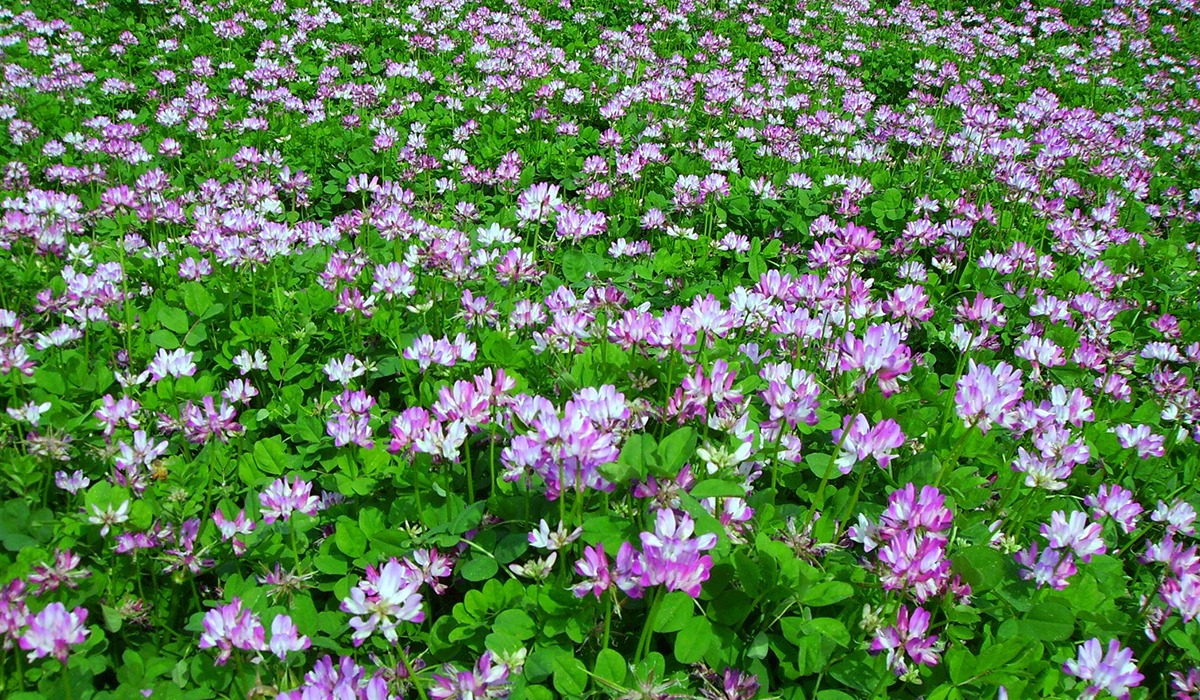Abstract
Botrytis cinerea and Sclerotinia sclerotiorum are necrotrophic fungi and are closely
related pathogenic fungi that infect hundreds of plant species worldwide. In
this study, the natural botryticidal/scleroticidal efficacy of some plant extracts,
bioagents, and organic compounds known to possess antifungal activity was
evaluated. Pathogenicity tests of the fungal molds showed virulence divergence,
depending on the isolate and host plant. All B.cinerea isolates, except the BF
isolate that infected only broad bean leaves, demonstrated ability to infect
detached lettuce and broad bean leaves. Moreover, all Sclerotinia sclerotiorum
isolates, except for SSP, demonstrated ability to infect the two plant species,
whereas the SSB isolate did not cause any infection in broad bean leaves. The
efficacies of Moringa oleifera (Mor), Cinnamomum zeylanicum (Cin), amino acid
derivatives (Aad), Trichoderma harzianum (TH), Cactus spp. (Agr), and Bacillus
subtilis (BS) were tested either in vitro or in vivo against the highly virulent
isolates of the two pathogenic fungi. The efficacy of most potential biofungicides
was consistent in vitro as well as in vivo, and the inhibitory efficacy of TH, BS,
Cin, Mor, and Aad treatments was significantly high against Botrytis cinerea
and Sclerotinia sclerotiorum in vitro and ranged from 62% to 100%, depending
on the isolate. In addition, BS, Aad, TH, and Mor treatments had significant
inhibitory effects ranging from 53% to 100% against most of the isolates on lettuce
leaves. The Agr and Cin treatments exhibited low or no inhibitory effects against
many isolates in vivo, and they reduced the mold infection caused by only BCC
and SSB isolates. Most of the tested potential biofungicide treatments tended
to reduce mold infections, and some of them, such as Cin, exhibited a higher
inhibitory effect in vitro than the others. Real-time PCR was conducted for some
symptomatic/asymptomatic samples, and the results showed either consistent
molecular/symptomatic patterns or latency of B. cinerea. The results confirmed
the suitability of the studied natural compounds as effective biofungicides, and
they could be the best choice to safely control the most destructive fungal molds.
Keywords
biocontrol; Botrytis cinerea; biofungicides; microbial pesticides; Sclerotinia
sclerotiorum
For the full article please here Download
Source link
https://pbsociety.org.pl/journals/index.php/aa/article/view/aa.7321

